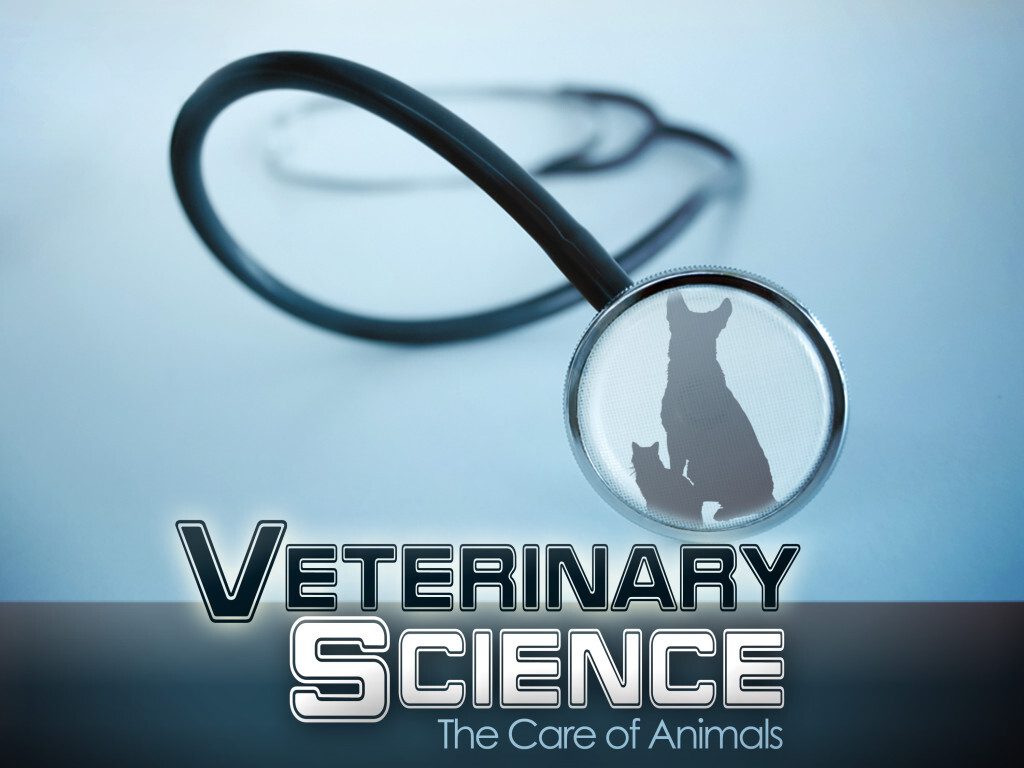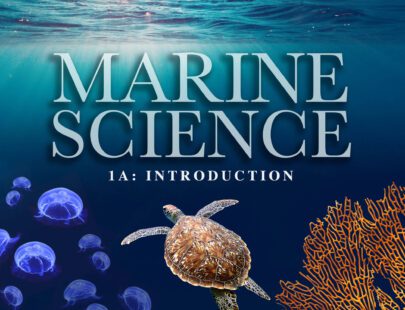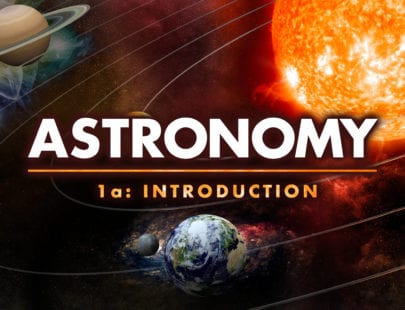
Veterinary Science: The Care of Animals
Whether you want to step into the wild side of veterinary medicine or just take care of loveable dogs and cats, explore how to care for domestic, farm, and wild animals, diagnose their common diseases and ailments, and learn about different veterinary treatments. If you have always been drawn to the world of our furry, scaly, and feathered friends, this is the course for you!
Units at a Glance
Unit 1: Introduction to Veterinary Science
In this unit, we will learn what veterinary science is and about some of the ongoing research in the field. We will examine how veterinary scientists try to better understand animals’ health and diseases as well as how veterinarians apply this knowledge to particular animals that they care for. We will also discuss the history of veterinary science, some of the areas that veterinary scientists are focusing on in their research, and some of the ethical considerations in veterinary research and science.
What will you learn in this unit?
- Discuss what the areas of veterinary science and medicine include and how these areas differ from each other.
- Learn about the history of veterinary science and medicine.
- Examine some of the research areas that veterinary scientists are working on today.
- Investigate the educational and other requirements for veterinarians and veterinary scientists.
- Discuss some of the ethics in the profession and some of the controversial issues.
Unit 2: Small Animal Medicine
In this unit, we will discuss some common illnesses and diseases that dogs and cats experience. We will examine some of the diseases that affect the skeletal, nervous, endocrine, and gastrointestinal systems. We will also examine several viruses that can affect cats and dogs. In doing so, we will discuss some of the causes, symptoms, and treatments for these diseases.
What will you learn in this unit?
- Learn what the nervous, endocrine, and gastrointestinal systems consist of and what they do for the body.
- Examine how skeletal and muscle disorders can affect animals.
- Discuss several infectious diseases that animals can catch from infected animals.
- Investigate the causes and symptoms of the diseases discussed in the unit.
- Learn about some of the treatments and preventative measures that veterinary scientists have discovered for these diseases.
Unit 3: Large Animal Medicine
In this unit, we will examine some of the diseases and conditions that affect livestock, including horses, cattle, and swine. We will discuss equine diseases such as colic and equine influenza, including what causes the diseases and how they are treated. We will examine diseases that can affect cattle, such as mad cow disease and foot and mouth disease. Finally, we will discuss several diseases that swine can suffer from, including swine pox and pseudorabies.
What will you learn in this unit?
- Discuss why the health of horses, cattle, and swine is important for public health.
- Learn about several diseases that can affect horses and how they are treated.
- Examine what mad cow disease is and why it is such a feared disease for cattle.
- Investigate several diseases that affect cattle and the impact that they have.
- Discuss some diseases that affect swine and how they are treated.
Unit 4: Exotic Animal Medicine
In this unit, we will discuss veterinary medicine for exotic animals, including those animals that are kept in zoological parks and sanctuaries. We will examine a few of the diseases that can affect birds and reptiles. We will discuss how these diseases are treated and what effects the diseases may have. We will also examine some of the differences that veterinarians and veterinary scientists deal with in treating exotic animals in comparison to domestic animals like dogs and cats.
What will you learn in this unit?
- Discuss what exotic animals are and why treating them may take additional education and training.
- Learn about some of the diseases that affect birds and what treatments are used for these diseases.
- Learn about some of the diseases that affect reptiles and what treatments are used for these diseases.
- Examine what roles veterinary scientists may fill in zoological parks and sanctuaries.
- Investigate what challenges veterinary scientists face when working with animals at zoological parks and sanctuaries.
Unit 5: Poisoning and Toxicology
In this unit, we will discuss the area of toxicology. Toxicology examines poisons, toxins, and other harmful substances, including how they affect various animal species and how veterinary medicine may treat these effects. We will examine some of the basic concepts in the study of toxins and then turn to investigate some of the common poisons and toxins that affect livestock and domestic animals. For each toxin, we will consider how the poisoning generally happens, what symptoms it can produce, and what veterinarians may do to treat the animal.
What will you learn in this unit?
- Discuss what toxicology, toxicity, and toxicosis are and how these concepts relate to veterinary science and medicine.
- Learn how acute toxicosis differs from chronic toxicosis.
- Discuss how exposure to toxins can occur and what factors affect toxicity.
- Examine some of the natural forms of poisoning, such as poisoning from certain plants and fruits and bites from poisonous snakes.
- Investigate some artificial substances that can cause poisoning, such as rodenticides.
Unit 6: Veterinary Parasitology
In this unit, we will examine the area of veterinary parasitology, which studies parasites and their animal hosts. In doing so, we will learn more about the different types of parasites and the various ways in which animals can become infected with parasites. We will also investigate several different examples of common parasites, including coccidian parasites, heartworms, mites, and fleas. For each, we will discuss how the particular parasite can affect the host animal, how animals become infected with the parasite, and how the parasite might be eliminated from the animal.
What will you learn in this unit?
- Learn what parasites are and how they relate to hosts.
- Discuss several different types of parasites and how they differ.
- Examine how animals may become infected with parasites and how parasites may be transferred from animal to animal.
- Investigate some of the different symptoms that animals can experience due to parasites.
- Investigate some of the different life cycles for common parasites.
Unit 7: Zoonotic Diseases
In this unit, we will learn more about zoonotic diseases or diseases that can be transferred from animals to humans. Some of these diseases can be deadly for humans so they are of great concern to veterinary scientists and public health officials. In this unit, we will examine four zoonotic diseases, including Hantavirus, plague, anthrax, and ringworm. In doing so, we will learn more about how these diseases are transferred to humans, the symptoms of the diseases, and how these diseases are treated or prevented.
What will you learn in this unit?
- Learn about zoonoses and why they are a concern to veterinary scientists and public health officials.
- Discuss Hantavirus and how it is transmitted to humans.
- Examine the plague and how this zoonotic disease has impacted human societies throughout history.
- Investigate anthrax and how it can be transmitted to humans.
- Discuss ringworm and the symptoms of this zoonotic infection.
Unit 8: Holistic Veterinary Science and Medicine
In this unit, we will learn more about some of the holistic treatments that are currently being used in veterinary medicine. Although few studies have been done on the effectiveness and safety of these treatments, more attention is being paid to this area of research as their use increases. We will discuss holistic treatments like acupuncture, herbal medicine, and hydrotherapy. In doing so, we’ll talk about some of the benefits of these types of treatments, what they are used for, and what research has been done on the effectiveness of the treatments.
What will you learn in this unit?
- Learn about holistic and allopathic veterinary treatments and how they differ.
- Discuss the use of acupuncture for the treatment of animal diseases.
- Examine how hydrotherapy can benefit horses and dogs.
- Investigate how herbs and botanicals are used to treat animal diseases.
- Learn about the use of essential oils with animals.
Required Materials
Software
- Word processing software



